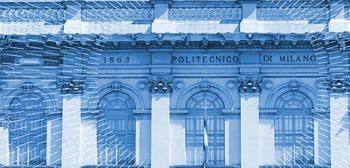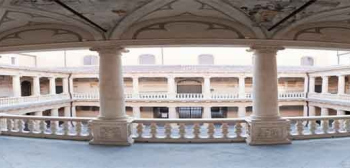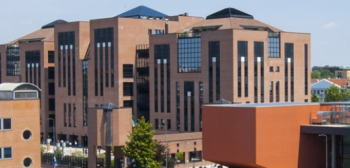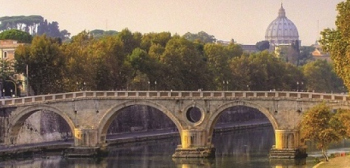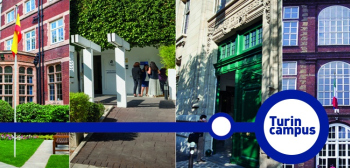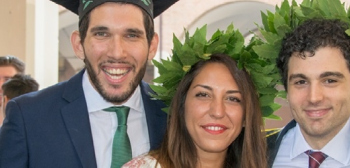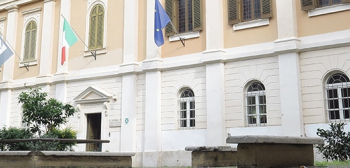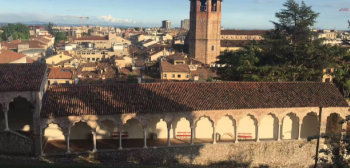佛罗伦萨大学
About
Read more
Read less
The University of Florence can trace its origins to the Studium Generale, which was established by the Florentine Republic in 1321. Initially, Civil and Canon Law, Literature, and Medicine were among the subjects taught at the Studium, and various famous scholars were invited to teach there: Giovanni Bocaccio was asked to lecture on the Divine Comedy. However, the importance of the Studium was fully recognized with a Bull by Popo Clemente VI in 1349, in which he officially authorised the Studium to grant regular degrees, extended the Privilegia maxima, and established that the first Italian Faculty of Theology would be in Florence. In 1364, with Emperor Carlo VII, the Florentine Studium became an Imperial University. However, when Lorenzo the Magnificent gained control of Florence and much of Tuscany, the Studium was moved to Pisa, in 1473. Carlo VIII moved it back to Florence from 1497-1515, but with the return of the Medici family it was once again transferred to Pisa. In spite of these moves, many teaching activities continued in Florence, and scientific research found substantial support in the various Academies of the time, like the Crusca and the Cimento. Only in 1859, when the Grand Duke was exiled, were all these separate teaching activities reunited in a suitable system called the Istituto di Studi Pratici e di Perfezionamento; a year later this was recognized as a full fledged university by the Government of Unified Italy. In 1923, with a special Act of Parliament the Instututo was officially denominated a University. Later, the new University was organized into the various faculties: Agriculture, Architecture, Arts, Economics, Education, Law, Mathematics, Physical and Natural Sciences, Medicine and Surgery, Pharmacy, and Political Science. The Faculty of Engineering, where 2-year courses had been offered since 1928, was added to the 10 faculties in 1970.
About
The University of Florence can trace its origins to the Studium Generale, which was established by the Florentine Republic in 1321. Initially, Civil and Canon Law, Literature, and Medicine were among the subjects taught at the Studium, and various famous scholars were invited to teach there: Giovanni Bocaccio was asked to lecture on the Divine Comedy. However, the importance of the Studium was fully recognized with a Bull by Popo Clemente VI in 1349, in which he officially authorised the Studium to grant regular degrees, extended the Privilegia maxima, and established that the first Italian Faculty of Theology would be in Florence. In 1364, with Emperor Carlo VII, the Florentine Studium became an Imperial University. However, when Lorenzo the Magnificent gained control of Florence and much of Tuscany, the Studium was moved to Pisa, in 1473. Carlo VIII moved it back to Florence from 1497-1515, but with the return of the Medici family it was once again transferred to Pisa. In spite of these moves, many teaching activities continued in Florence, and scientific research found substantial support in the various Academies of the time, like the Crusca and the Cimento. Only in 1859, when the Grand Duke was exiled, were all these separate teaching activities reunited in a suitable system called the Istituto di Studi Pratici e di Perfezionamento; a year later this was recognized as a full fledged university by the Government of Unified Italy. In 1923, with a special Act of Parliament the Instututo was officially denominated a University. Later, the new University was organized into the various faculties: Agriculture, Architecture, Arts, Economics, Education, Law, Mathematics, Physical and Natural Sciences, Medicine and Surgery, Pharmacy, and Political Science. The Faculty of Engineering, where 2-year courses had been offered since 1928, was added to the 10 faculties in 1970.
University highlights
- 2012#401- 450
- 2014#379
- 2015#=352
- 2016#411-420
- 2017#451-460
- 2018#461-470
- 2019#501-510
- 2020#=448
- 2021#=432
- 2022#=451
- 2023#460
- 2024#=358
- 2025#=375
- 2026#=404
QS Stars is a rating system that helps you select the right university based on your
interests. It provides a detailed look at an institution, identifying which universities rate highest in
the
specific topics that matter to you, like facilities, graduate employability, social responsibility,
inclusiveness, and more.
Campus locations
P.zza S.Marco, 4, Florence, IT,
P.zza S.Marco, 4 , Florence , Italy , 50121
Similar Universities
IULM University
Via Carlo Bo, 1, Milan
John Cabot University
Via della Lungara 233, Rome
ESCP Europe Business School
Corso Unione Sovietica, Turin
帕尔马大学
Strada Dell'Università, 12, Parma
LUMSA University
Borgo Sant'Angelo 13, Rome
Related content
Test preparations
University of Florence
basic
19
no
4320
XL
CN


